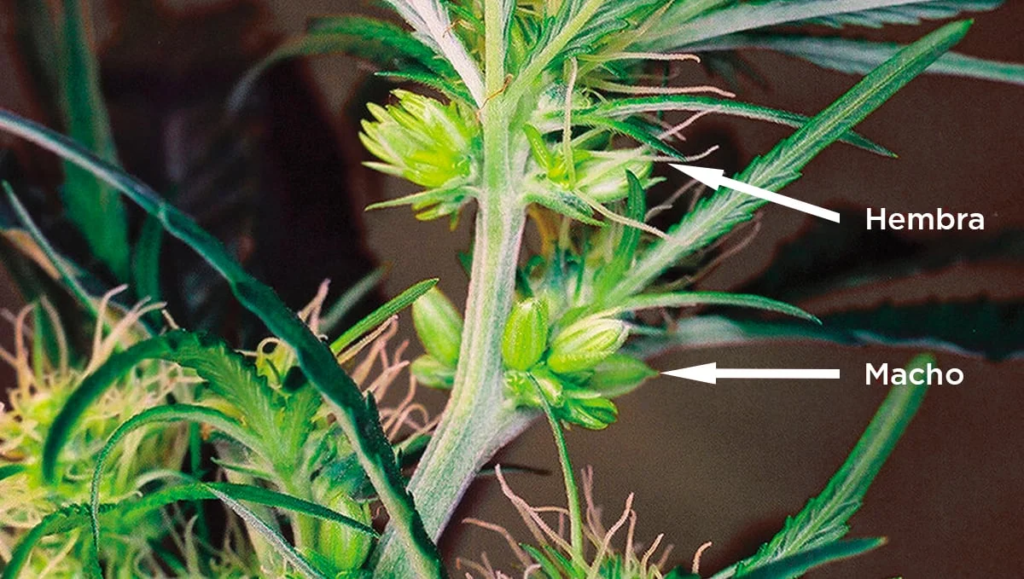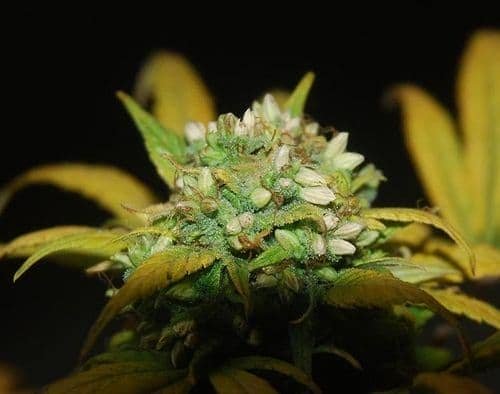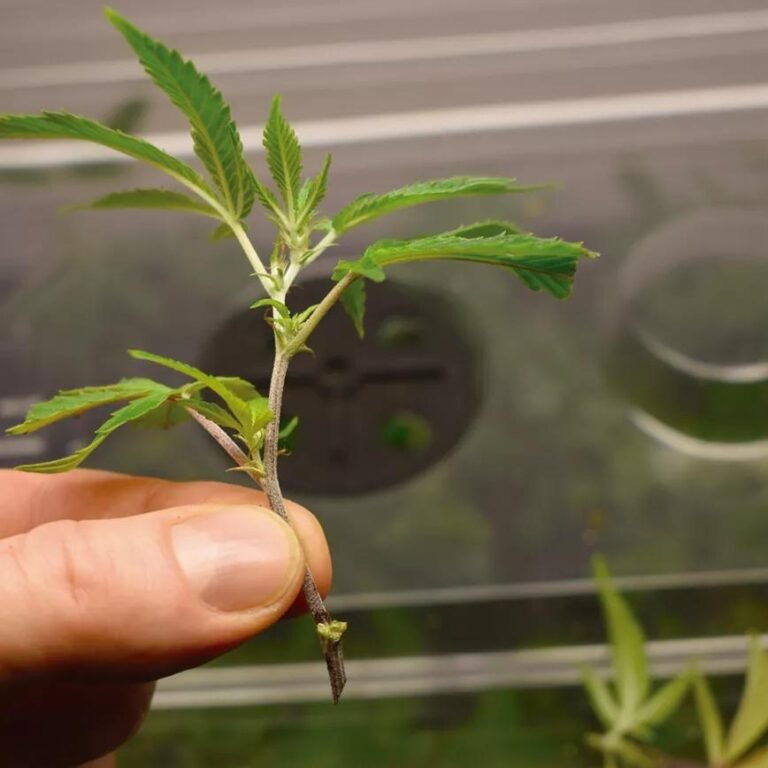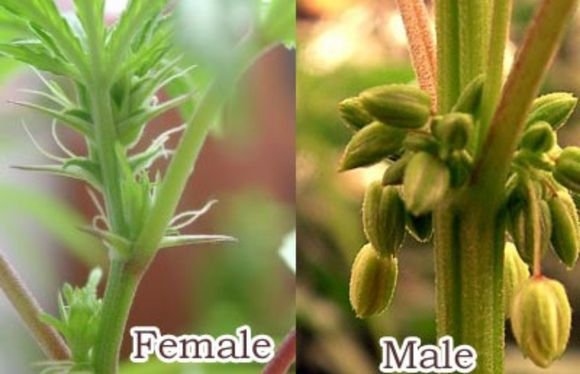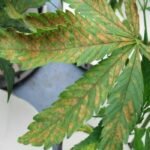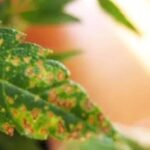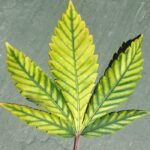What is an Hermaphrodite marijuana plant?
Cannabis is a dioecious plant, exhibing both male and female sexes on different plants. Some plants are male and produce male flowers, while others are female and produce female flowers. In certain cases, monoecious or hermaphrodite plants can also be found, producing both male and female flowers on the same plant. They have both male and female flowers.
Although the existence of monoecious plants is a natural process, it should be avoided during cultivation, otherwise there is a high chance of finding seeds in the buds, which reduces their quantity and quality.
Hermaphroditism can have two origins, genetic and enviromental:
- At the genetical level, some cannabis strains are more sensitive to hermaphrodism than others. This may stem from the strain’s genetic origins.
- Beyond genetic sensitivity, a cannabis plant can become hermaphrodite under the influence of stress. When the plant feels that flowering conditions are too difficult, hermaphroditism is a natural way of shortening this cycle, causing the female flowers to be fertilized with pollen from some male flowers, thus ensuring the plant’s survival.
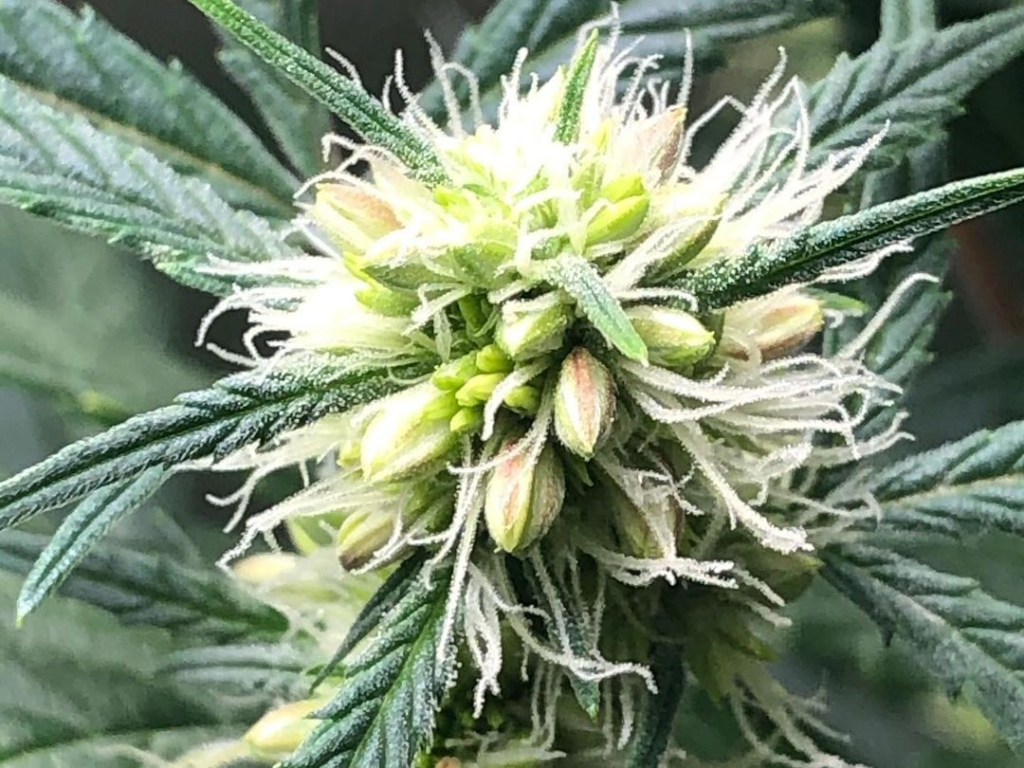
Stress that increases the risk of hermaphroditism can have several causes, such as:
- Change in photoperiod, especially interruption of the night period during flowering.
- Excessive heat (approximately 29°C / 84,2F), in other words, adverse weather conditions.
- Harvesting too late when the ideal harvest date is missed.
- Mechanical stress: branches broken by the wind, roots damaged during transplanting, pruning during flowering, etc.
- Irrigation problems (lack or excess).
- Fertilizers excess or PK excess.
- Insects, mites, diseases.
- Thermal change (watering plants with cold water) or excessive use of pesticides.
How to avoid hermaphroditism in cannabis?
To avoid hermaphrodite cannabis plants, the first rule is to try to minimize stress on the plants during flowering, in order to minimize risks. Performing all pruning tasks on the plants during growth and at the beginning of flowering before bud formation is essential.
Good weather conditions, perfect hygiene, regularly checking the plants for signs of insects or mites, and ensuring proper nutrition and watering are adequate are other tips to prevent this occurrence. At the end of flowering, regularly observe the plants’ trichomes to ensure you don’t miss the harvest date.
Regular seeds are less susceptible to hermaphroditism than feminized seeds, but this isn’t an absolute rule; monitoring is always necessary in all types of cultivation, regardless of the origin of the seeds.
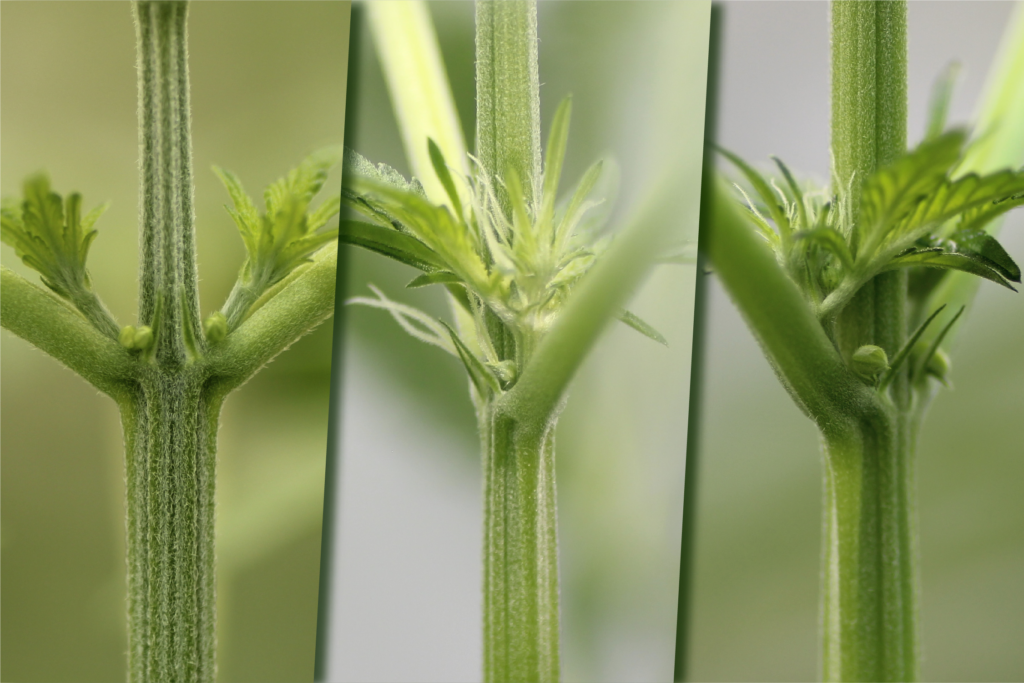
If the plant displays both female and male flowers from the beginning of flowering, the best option is to immediately remove it from the grow space. It will likely pollinate not only itself but also other nearby plants.
When the marijuana plant becomes hermaphrodite in full bloom, we have two alternatives:
- If the plant produces very few male fowers, you can try removing them with tweezers, and then monitor them daily to make sure no new «bananas» appear.
- If the plant produces numerous male flowers, it will need to be removed from the grow space.
However, if a plant becomes hermaphrodite at the end of flowering, it should be harvested as soon as possible, before the male flowers have time to shed their pollen.
And if you find seeds in your buds, I recommend throwing them away since they come from hermaphrodite plants and by germinating them you will only waste time because when they flower they will be hermaphroditic.
